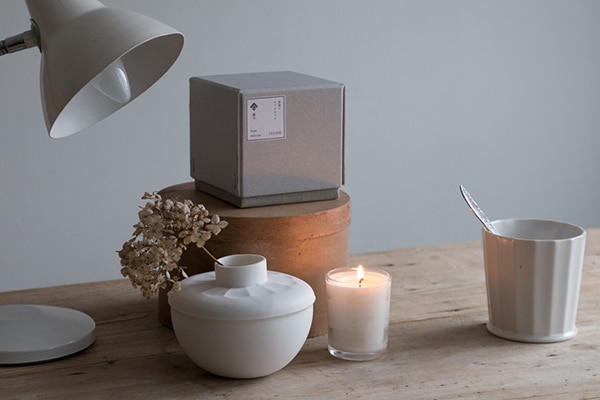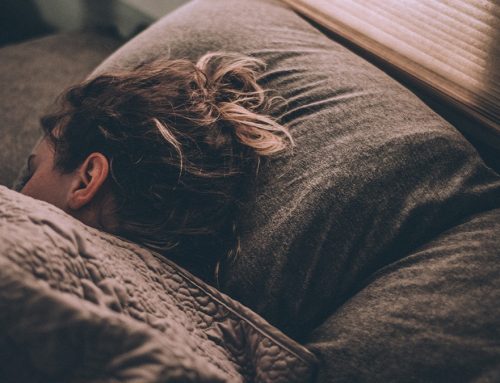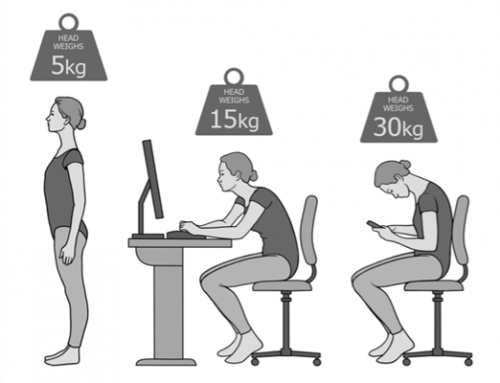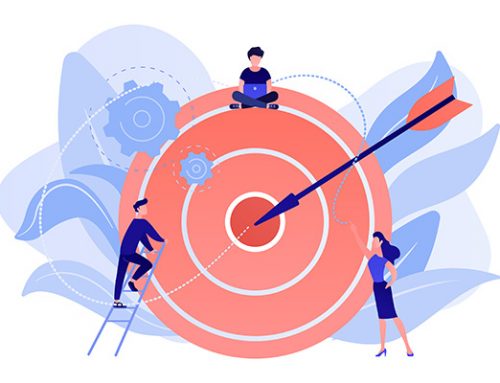We all know the feeling of stepping into a calming space – maybe a day spa or a yoga studio. For most of us, we only get this feeling of calm at home after we’ve spent hours tidying and cleaning.
This is no coincidence! Clutter and mess have been shown to increase mental strain and make it harder for us to be present. Not only does a cluttered home cause stress – have you ever noticed that when you’re stressed and busy, your home becomes a mess as well?
Tackling the physical mess around you can be a great way to reduce stress and get some mental clarity. This doesn’t mean you have to become a neat freak! There are simple steps you can take to create a calm home environment:
- De-clutter.
In each room of your home, sort your belongings into 3 piles – keep (stuff you use and love), donate (stuff you don’t use), and chuck (broken things or rubbish). Don’t try and tackle the whole house at once – aim for one room a week. - Get organized.
Make sure everything you own has a place where it can be put away. That pile of mail or papers? Give them a home. Those shoes that are cluttering the hallway? Come up with storage solution. No more stress trying to find your keys or figuring out where you shoved the manual for the dishwasher. - Create Hygge .
Hyyge is a Danish concept that means creating an inviting feeling of comfort and cosy-ness in the home. It’s about being mindful of the colours you choose – neutral and cooler tones tend to be calming – and choosing quality over quantity. Lighting is key for creating hygge – think soft lighting and candles, especially in the evening (bonus – lowering the lights at sundown improves sleep!). - Invest in what matters.
Think about the items you use the most – perhaps your bed, bedding and pillows, your couch, your kettle – and invest in the best quality you can afford. - Think minimal.
You don’t have to become a minimalist overnight but think about omitting needless items, and not bringing excess into your home. Extra kitchen utensils (hello third vegetable peeler and mugs you never use!) are a great place to start. Think about multiple uses for your current items – perhaps you could boil water on the stove instead of replacing a broken kettle, use chopping boards as platters, or buy an indoor plant that will last months instead of fresh flowers every week.
Apply these principles and make your home a stress-free sanctuary – it’s all part of looking after your vital mind.
By Amelia Harvey
_______________________________
References
Andrade, C. C., & Devlin, A. S. (2015). Stress reduction in the hospital room: Applying Ulrich’s theory of supportive design. Journal of Environmental Psychology, 41, 125-134.
Callaghan, M. (2015). Interior design strategies for nature-based features to support stress reduction in knowledge workers.
Kondo, M. (2014). The Life-Changing Magic of Tidying. Vermilion.
Ulrich, R. S. (1991). Effects of interior design on wellness: Theory and recent scientific research. Journal of health care interior design, 3(1), 97-109.
Wiking, M. (2016). The Little Book of Hygge: The Danish Way to Live Well. Penguin UK.






